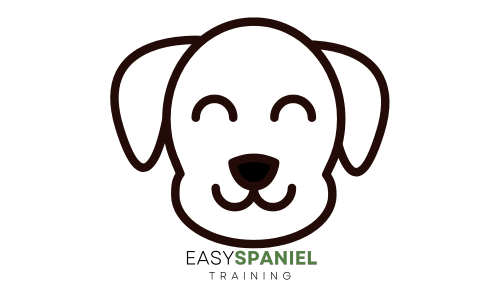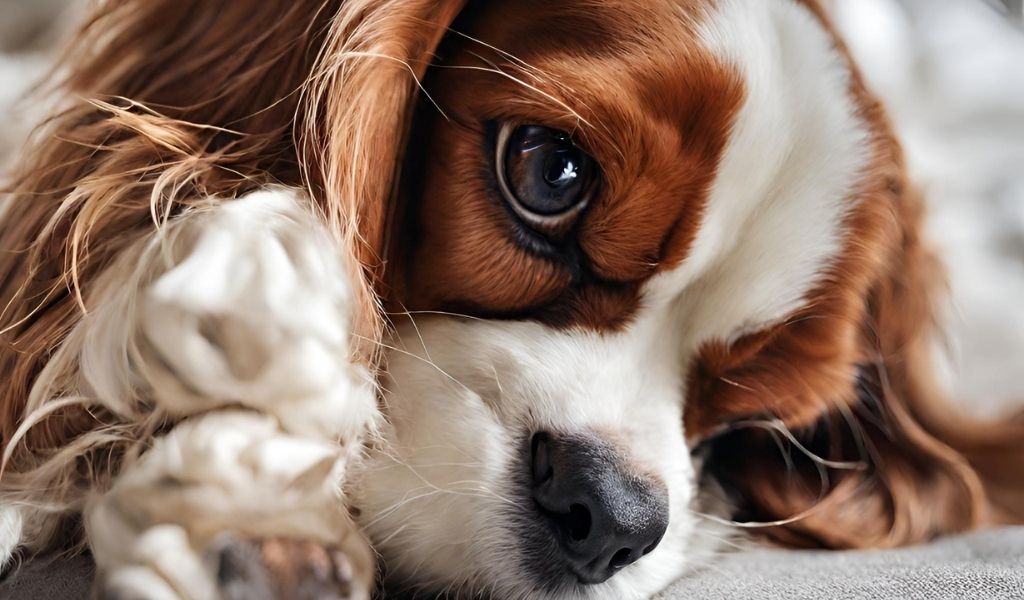If you’re a proud owner of a Cavalier King Charles spaniel, you understand just how lovable and active these little dogs can be.
However, like all breeds, they can be prone to certain health issues, one of which is a torn ACL (Anterior Cruciate Ligament).
In this comprehensive article, we will delve into what causes this common problem, its symptoms, treatment options, and how to prevent it from happening to your beloved furry friend.
Cavalier King Charles Spaniels
Cavalier King Charles Spaniels are small, elegant dogs known for their affectionate nature and graceful appearance.
They are a popular choice for families and individuals alike due to their friendly disposition and adaptability.
However, their lively personality can sometimes lead to injuries, including torn ACLs.
Understanding the ACL in Dogs
The Anterior Cruciate Ligament, commonly referred to as the ACL, is a crucial component of a dog’s knee joint.
It connects the thigh bone (femur) to the shinbone (tibia) and helps stabilize the joint during movement.
Just like in humans, a torn ACL in dogs can be a painful and debilitating condition.
Causes of Torn ACL in Cavaliers
While ACL injuries can happen to any dog breed, Cavaliers are more susceptible due to their active lifestyle.
Common causes include sudden twists, excessive jumping, or awkward landings during playtime.
Additionally, age-related wear and tear can weaken the ligament, making it more prone to injury.
Recognizing Symptoms
Identifying a torn ACL in your Cavalier is crucial for prompt treatment.
Look out for signs like limping, reluctance to put weight on the affected leg, and a noticeable decrease in activity.
Your dog may also yelp or whimper when trying to move.
The Importance of Prompt Diagnosis
Early diagnosis is essential to prevent further damage and pain for your furry companion.
If you suspect your Cavalier has a torn ACL, consult your veterinarian immediately for a thorough examination and proper diagnosis.
Treatment Options
Conservative Management
In some cases, conservative management may be recommended, which includes rest, anti-inflammatory medications, and physical therapy.
This approach is suitable for smaller tears or less active dogs.
Surgical Intervention
For more severe ACL tears, surgery is often necessary.
There are various surgical techniques available, such as TPLO (Tibial Plateau Leveling Osteotomy) and TTA (Tibial Tuberosity Advancement).
Your veterinarian will recommend the most suitable option for your dog’s specific case.
Rehabilitation and Recovery
Following surgery, rehabilitation is crucial for your Cavalier’s full recovery.
Physical therapy, controlled exercise, and a tailored diet plan can help ensure your dog returns to their active self.
Preventing ACL Injuries
Prevention is always better than cure when it comes to ACL injuries. Here are some tips to reduce the risk:
Nutritional Support
Maintaining a healthy weight is essential, as obesity can increase the likelihood of ACL injuries. Consult your vet for guidance on the best diet for your Cavalier.
Exercise and Conditioning
Regular, low-impact exercise can help strengthen your dog’s muscles and joints, reducing the risk of injury. Avoid excessive jumping or strenuous activities.
Weight Management
Keep an eye on your Cavalier’s weight to prevent unnecessary strain on their joints. A well-balanced diet and portion control are key.
Regular Vet Check-ups
Routine vet visits can help catch early signs of ACL problems or other health issues.
The Role of Genetics
Some Cavaliers may be genetically predisposed to ACL issues. If you are considering getting a Cavalier puppy, choose a reputable breeder who screens for genetic conditions.
Before you go
Torn ACLs can be a painful and distressing experience for both you and your Cavalier King Charles Spaniel.
However, with proper care, timely treatment, and preventive measures, you can ensure that your furry friend enjoys a happy and active life.
Frequently Asked Questions
What are the common signs of a torn ACL in Cavaliers?
Common signs of a torn ACL in Cavaliers include limping, reluctance to put weight on the affected leg, decreased activity, and sometimes vocalization like yelping or whimpering when attempting to move. If you notice any of these signs, consult your veterinarian for a proper diagnosis.
Is surgery the only treatment option for a torn ACL?
Surgery is often recommended for more severe cases of ACL tears in Cavaliers. However, for smaller tears or less active dogs, conservative management may be considered. This approach includes rest, anti-inflammatory medications, and physical therapy. Your veterinarian will determine the most suitable treatment plan based on your dog’s specific condition.
Can ACL injuries be prevented through exercise?
While exercise is essential for overall health, it’s important to strike a balance. Regular, low-impact exercise can help strengthen your Cavalier’s muscles and joints, reducing the risk of ACL injuries. However, it’s crucial to avoid excessive jumping or strenuous activities, which can put extra strain on the ligaments.
Are Cavaliers more prone to ACL injuries than other dog breeds?
Cavaliers, like many small and active breeds, can be more susceptible to ACL injuries due to their energetic nature. However, ACL injuries can occur in dogs of various breeds and sizes. It’s essential to provide proper care, exercise, and preventive measures to reduce the risk, regardless of the breed.
How long does it take for a Cavalier to recover from ACL surgery?
The recovery time for a Cavalier after ACL surgery can vary depending on the specific surgical technique used and the severity of the injury. Generally, it may take several months for a full recovery. During this time, your dog will require physical therapy, controlled exercise, and a carefully monitored diet to aid in the healing process. Your veterinarian will provide a more accurate estimate based on your dog’s individual case.

